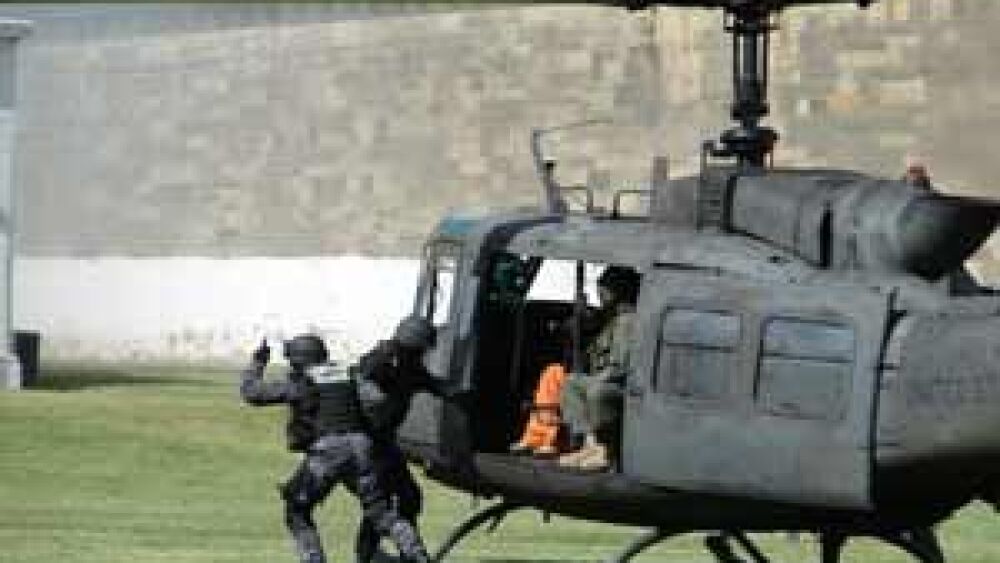It is amazing to me that the phrase ‘situational awareness’ has taken so long to find its way into literature related to correctional staff. It is amazing only in that the shift has been long overdue and, in fact, such a term has been a long-standing concept in the military to help soldiers and pilots emerge victorious.
In corrections, situational awareness is an aspect of staff performance in the face of emergency. It has become increasingly important as we rise to meet the challenge of prison population explosions and the shift towards violent and organized groups of offenders. We want correctional officers to have situational awareness that protects them and allows them to be safe in the face adversity. This immediately begs the question: How do we get there? The following are some ideas for achieving that goal.
Clear leadership messages
Leadership must clearly express the performance levels they expect staff to achieve, particularly when faced with a critical incident where emergency systems and decision making must be employed.
In the ACA’s Guidelines for the Development of a Security Program, Atherton and Phillips note, “One strategy for eliminating divisiveness is for operating security and emergency management systems to unify their command and accountability.” In other words, one person should be in charge of operations and all persons in the institution are clearly responsible to that person for training and actual performance under emergency conditions.
A clearly communicated emphasis keeps all persons in all departments focused on the mission of safety, providing a supportive environment for staff to remain focused and stay prepared with high levels of situational awareness.
Mission-related training in corrections
I recall a story told by a hostage crisis survivor during an interview with the media after the incident. When asked what the most important aspect of his survival was, his immediate response was “training.” He indicated that his hostage survivor training simply took over and greatly influenced a safe outcome.
We all agree that good training promotes situational awareness. Since adults learn the least in traditional classroom settings where they are lectured (and learn best in hands-on activities), agencies and managers should develop performance-based learning activities where experiences closely mirror the real world. As a result, interactive, reality-based training makes it easiest for students to acquire knowledge and skills and transfer them to real world experiences. Many correctional training agencies have broken new ground in the last several years by introducing this form of learning experience to various levels of officer training and systems performance.
Assistance of technology
Too often in the aftermath of a crisis in corrections we hear comments like, “I knew it was coming” or, “It was only a matter of time.” In some cases officers had critical information that was not shared that may have avoided the crisis.
In corrections, with inmate population increases and the multitude of demands on officer resources, situational awareness is often reduced. We must work to combat this by increasing the amount of current information and knowledge staffers have of their working environment.
Technology advancements in communications equipment in terms of radios and “man-down” emergency reporting systems, improvements in cameras systems, software and data-gathering system development for tracking classification, strategic threat groups, finance records, visitation and criminal investigations are all growing significantly to give the system a clearer view of the risks in the correctional environment.
It is my opinion that the “fusion” concept of all critical information related to corrections is not far away. All of this technology helps us see more and understand more to achieve a higher level of situational awareness.












